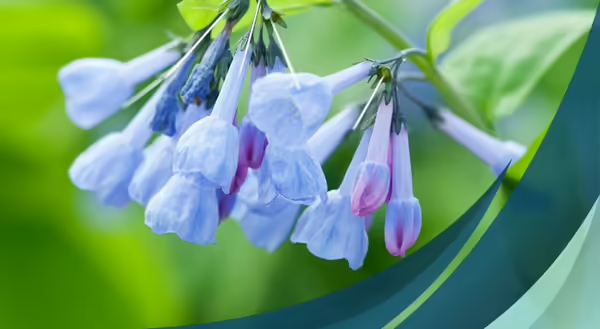
Many people struggle to grow plants in the shade. I’ve often heard, “Nothing will grow there!” Never fear, though, there’s a plant for every space.
Learn your conditions
You wouldn’t put a fish in the desert and expect it to survive. Plants, too, have preferred environments. A plant that likes full sun but placed in a shadier spot is going to struggle. The trick is finding plants that like the conditions you have.
First you need to figure out what your conditions really are. Full shade? Part shade? Is it a wet area or does it drain quickly? The easiest way to assess your site is to observe it frequently. Make a chart and every hour, look at the area. Is it sunny from 6 a.m. until 1p.m., but shady after 2 p.m.? This would be part shade. However, if your site gets less than 6 hours of sun per day, you can consider it full shade.
How about soil moisture? The day after it rains, is it still wet and squishy? Or mostly dry? Dig a little, then take a handful of soil and squeeze. Does the soil crumble or does it hold together like dough? Crumbly soil will drain faster than sticky, clay soils, leading to a drier spot.
Select the right plants
Choosing the right plants for your conditions will lead to happier plants and less overall work for the you, the gardener. Now that you know your conditions, it’s time to select your plants. I like to mix colorful flowering plants with plants that have larger leaves or sedges that will take up space and crowd out weeds. You also can take bloom-time into consideration to have something blooming during the entire growing season.
One of the showiest early-spring plants is Virginia bluebells. Growing up to 2 feet tall with showy clusters of blueish flowers, bluebells are one of our first blooms. They will die back down by early summer, but in the right spot, they will come back year after year, a welcome sight in April and May.
Another early spring plant is wild ginger. Unrelated to the ginger often found in cuisine, our native ginger is a low-growing groundcover. The flower is interesting, but often hidden under the large, heart-shaped leaves. Wild ginger makes a great shady groundcover and persists throughout summer. It prefers medium moisture, getting droopy during times of drought, but will bounce back with a little rainfall.
Wild geraniums create a nice, low-growing mound with lots of pink-lavender flowers. These prefer a little sun, so it’s perfect for that edge that gets a mix of sun and shade. They also tolerate dry conditions, meaning you won’t have to give them additional water in mid-summer.
Don’t forget sedges. An often-overlooked family, there are many attractive varieties of sedges. Whatever your conditions, with a little research, you can find one that will thrive anywhere. Penn sedge (Carex pensylvanica), for example, is drought tolerant and creates a low-growing, solid mat in full shade, making a great lawn substitute!
For more information, check out the University of Illinois Extension’s University of Illinois Extension Horticulture YouTube Channel for landscaping tips and other horticulture topics.
About the author: Jamie Viebach is the University of Illinois Extension Horticulture Educator serving DuPage, Kane, and Kendall counties. Viebach’s primary areas of expertise are in native plants, landscaping, pollinators, and rain gardens.